You decided to go to Naples, a town with a very tempered character? We invite you to discover the prestigious Capodimonte Museum, one of the most popular of the Neapolitan city!
The Capodimonte Museum in Naples is one of the most important museums in the city: located in the Reggia di Capodimonte, a palace built for Charles de Bourbon by the famous architect Canevari, it houses ancient, contemporary art galleries, as well as a historic apartment and a splendid collection of ceramics. If you are more attracted to the outside of the place, you will be understood, and for cause: you will find a splendid botanical garden and a perfectly restored hunting pavilion. With more than a hundred rooms, it is one of the largest museums in Europe!
To ensure a successful cultural visit, we have developed a mini-guide that will allow you to visit the Capodimonte Museum in Naples in all peace of mind: here you can find a brief history of the place, the must-see attractions and places to be discovered, the access plan, the rates, times and many other essential elements.
So what are we waiting for to grow in this extraordinaryly rich cultural space?
History of the Capodimonte Museum in Naples
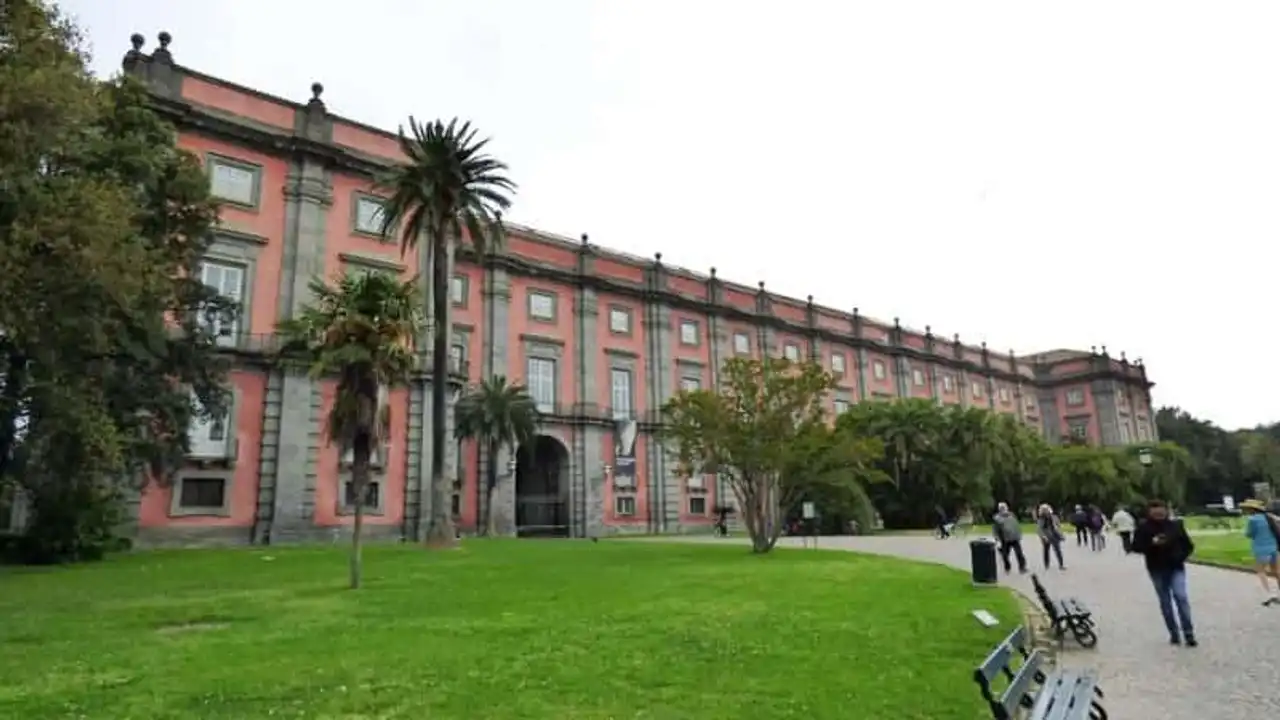
Photo credit: Flickr – damian entwistle
When Charles VII, then king of Naples and Sicily, decided in 1738 to build a new royal palace in Capodimonte Park, architects Giovanni Antonio Medrano and Antonio Canevari He had a heavy task to respond to his desire by building a splendid residence in the purely neo-classical style, then very in vogue in Europe. The palace was, from the outset, intended to host works of art since the Farnese collection, inherited from its mother by the king, was transferred to the palace from the construction completed!
Just after the French occupation, King Ferdinand IV, who used mainly the palace as a hunting ground to enjoy his park, realized an extension of the palace and its exterior furnishings by entrusting the care to the architect Ferdinando Fuga to optimize the space available while adapting to the royal codes. After the reunification of Italy, in 1861, the Reggia - the Royal Palace - of works of art purchased, exchanged or transferred from collections from the Palais des Bourbons continued to be enriched. So much so that, by lack of space, one ends up distributing works between various cultural spaces: while antiquities would now be exposed to National Archaeological Museum , it was decided that the pinacoteca and the Decorative Arts would be exposed to the Museum and Gallery of Capodimonte.
The great works carried out from 1995 allowed to offer a unique and pleasant user experience: the visitor, small or large, can now enjoy a discovery of these splendid works of art all at the same time interactive, enriching and pedagogical within the Museum of Capodimonte in Naples.
What to see and do at the Capodimonte Museum in Naples?
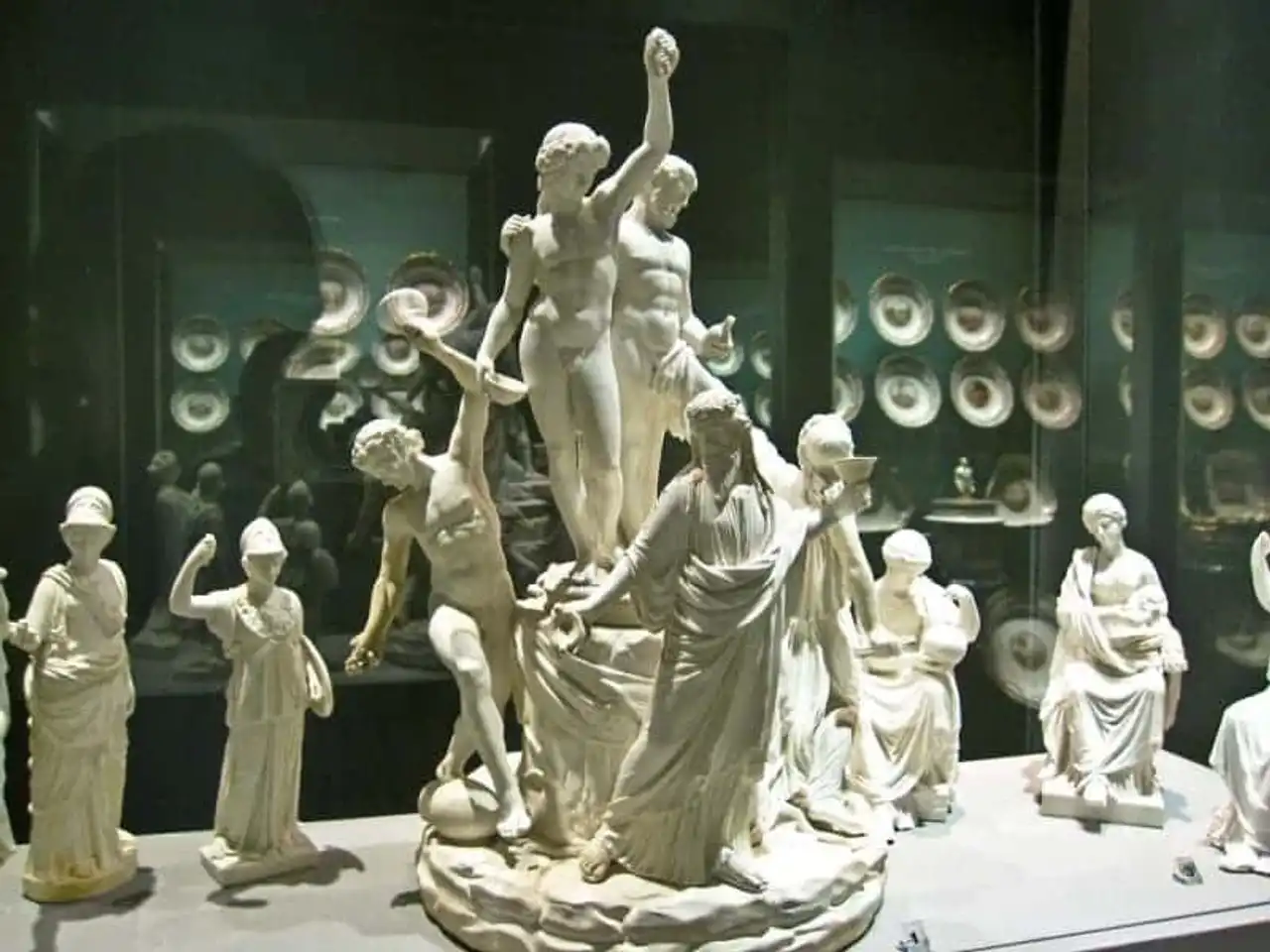
Photo credit: Flickr – Armando Mancini
We didn’t lie to you: to visit the Capodimonte Museum in Naples, it is to venture into one of the largest museums in Europe! The latter indeed extends on three levels , not to mention the between-soil and the ground floor where we find all the essential informative for the visitor, some teaching rooms and a mezzanine where we find the Cabinet of Drawings and Prints, private works of which we count almost 3000 unique pieces: some drawings of Michel Ange and Raphael, equating the future paintings of the Vatican, are even stored there! A more modern section, dating from the 19th century, proposes to discover furniture and various art objects in a typical apartment of this century, perfectly restored and allowing to imagine the life of palace at that time.
The first floor
On the first floor there is a jewel of European art: the famous Farneses collection and his paintings from the 15th to the 17th century. Let's cheat Danae du Titien , Transfiguration of Christ of Bellini, Paul III and his nephews Titian, Crucifixion of Masaccio , Antea du Parmesan , Misanthrope de Brueghel .. Some pieces come from the personal collection of Cardinal Borgia , one can say objects of art from the medieval era as a celestial Muslim globe of the seventeenth century and other cartographic works.
It is also on this floor that we find them Royal apartments in the heart of the Capodimonte Museum in Naples; and porcelain gallery , Italian and European, sublime works of the eighteenth century perfectly preserved, located close to the collection of Mario di Ciccio, an antique dealer having made the donation to the Museum of Capodimonte in Naples of sublime majolics and bronzes. Indeed, queen Marie-Amélie, a great porcelain fan, allows the visitor to fall in front of her porcelain salon made at the Capodimonte factory during the 18th century.. for the Royal Palace of Portici , before being transferred to the Capodimonte Museum in Naples during the next century.
Finally, the armurerie On the first floor you can discover one of the most beautiful collections of arms in Europe, whose pieces, weapons and armours are dated from the 15th to the 18th century.
The second floor
On the second floor, we find a sublime collection of tapestries celebrating the Battle of Pavia... where the great Ferrant of Avalos defeated the French in 1525!
We can also find out gallery of paintings and sculptures , which can be dated more or less precisely from the thirteenth to the sixteenth century and which includes the worldly famous painting of Car wash representing the flogging of Christ, massacre of Innocent Saints by Matteo di Giovani, or the painting by Simone Martini showing Saint Louis de Toulouse running his brother Robert d’Anjou. A collection of Ferrante d’Avalos is also admirable with its dead Neapolitan and Flemish natures, as well as one.. amazing section dedicated to contemporary art and whose masterpiece is undoubtedly the painting Visuvius , masterly painted by Andy Wahrol: this work was made especially for the Capodimonte Museum in Naples!
The third floor
To complete your visit, go to the third floor, whose particularity is to welcome one section dedicated to photography open to present photographs of the twentieth century and especially those of Mimmo Judice.
How to go to the Capodimonte Museum in Naples?
- By taxi or by car
The Capodimonte Museum in Naples is located inside the homonymous park, in a building called the Reggia di Capodimonte. To access it, here is his address: Via Miano 2 – 80131 Naples . This will be to indicate to your taxi, if you want to use this mode of travel; If, on the other hand, you use your own vehicle, rent or not, you will need from the highway to borrow the "Tangenziale", exit Capodimonte, before parking at the nearest parking lot: the Zerobio Teresa.
- By public transport
From Naples train station, take the subway to the line 1 until the “Museo” stop; or line 2 up to the Cavour station.
From the centre of the city, many buses make the service of the Museum of Capodimonte in Naples at the Capodimonte stop, including the lines 168,178, or C63 .
Timetables & Rates of the Capodimonte Museum in Naples
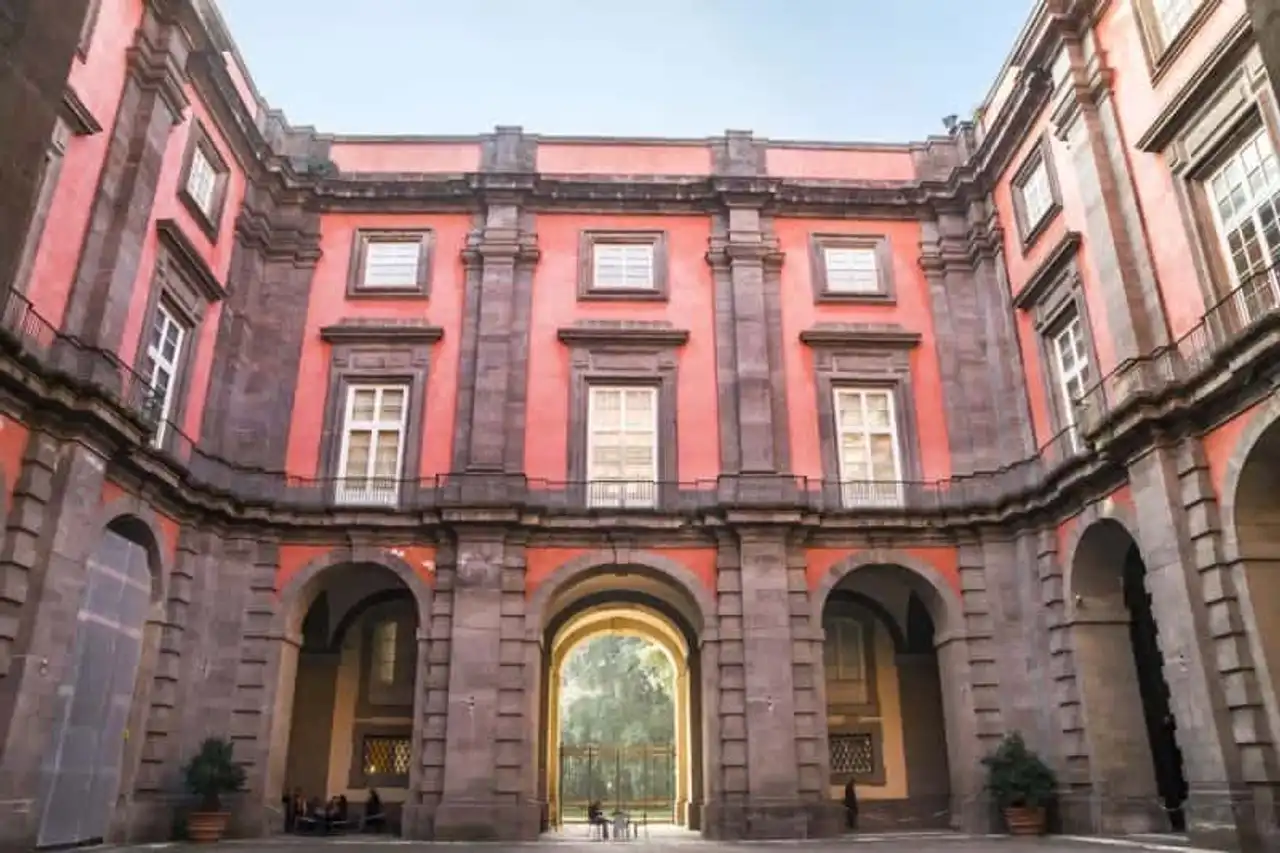
Photo credit: De ELEPHOTOS / Shutterstock.com
HORARI
If you want to visit the Capodimonte Museum in Naples, you can enjoy the opening hours rather wide: from 8.30 a.m. to 7.30 p.m. Every day except Wednesday! The last visitors can return to the museum until 6:30 p.m. On the other hand, the second and third floor are accessible only from 9.30 a.m. to 5 p.m. .
In addition, the museum is closed on 1 January and 25 December, but remains exceptionally open on 1 May.
RATES
- Adult : 12 €
- 18-24 years : 6 €
- Under 18 : Free
BON A LEARN
- Once purchased, the ticket remains valid all day, so you can leave the museum to relax or restore and return as many times as needed during the day.
- It may happen that, for lack of staff or because of work (yes, we are in Naples..) some rooms or floors are closed when you come to visit the Capodimonte Museum in Naples, but the most important rooms, especially those on the first floor, are normally open throughout the year.
- The museum is a long time to explore in its entirety: it is, again, one of the largest cultural spaces in Europe! Provide a minimum of half a day if you want to make a full visit.
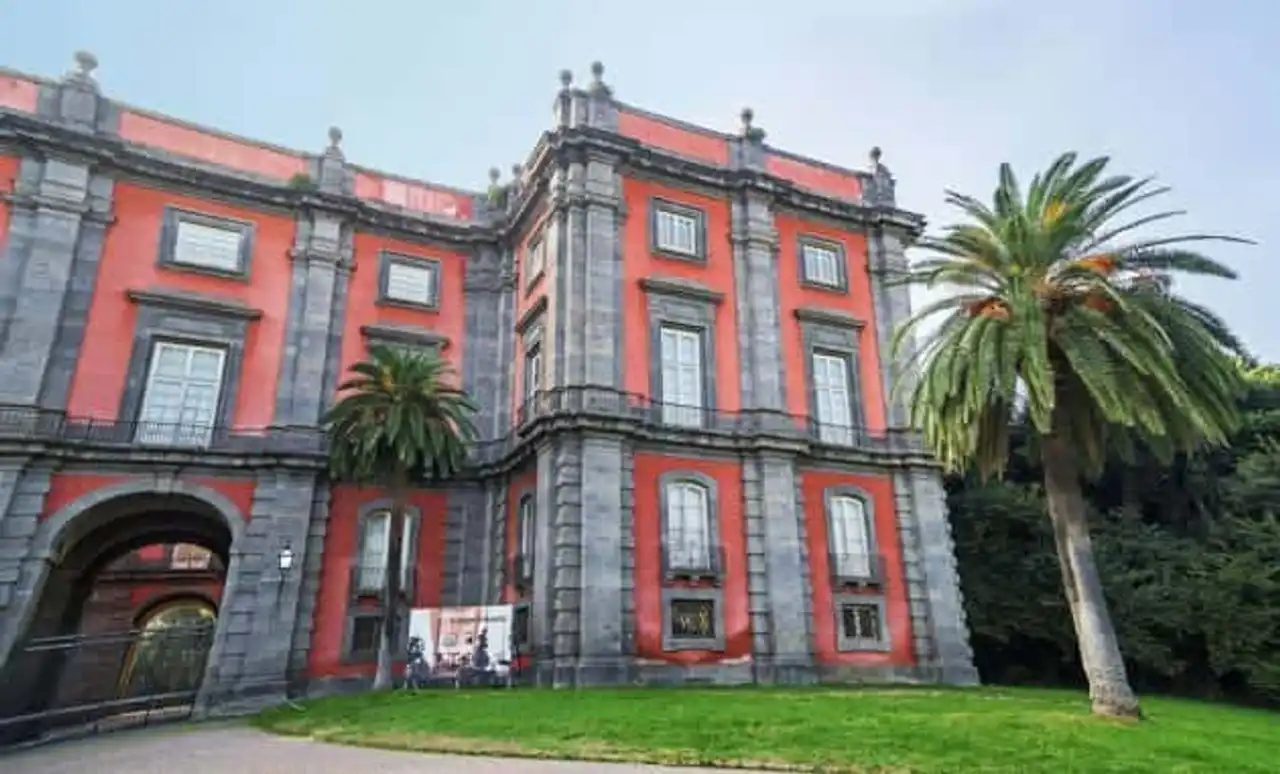





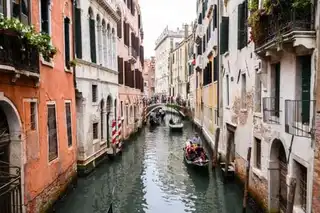
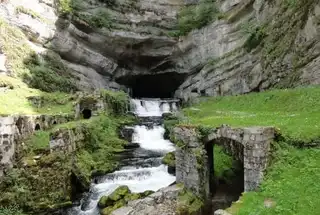
Loading comments ...